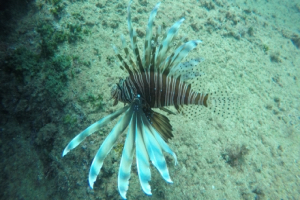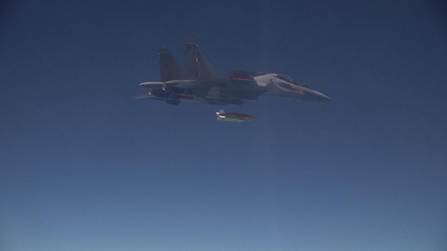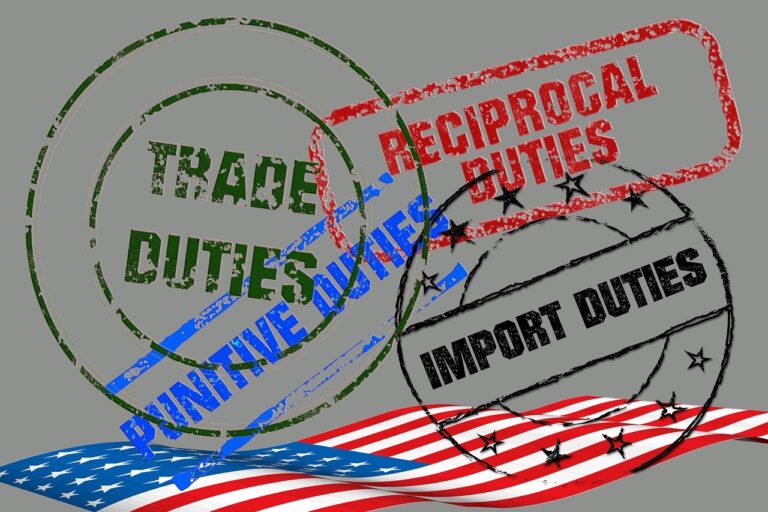
Concerted action is needed to tackle non-indigenous species in the Mediterranean
The Mediterranean Sea is undergoing a “tropicalization” process as water temperatures rise, largely due to climate change. In addition, many species have migrated via well-travelled shipping routes such as the Strait of Gibraltar or the Suez Canal, often attached to the hull of ships or inside them in the ballast waters. Other species, such as the Pacific cupped oyster and the Japanese carpet shell, were introduced for aquaculture during the 1960s and 1970s and have since escaped and colonized Mediterranean ecosystems.
The invasion of non-indigenous or alien species into the Mediterranean and the Black Sea has been recorded for years. This process has speeded up in recent years, however, with many examples of negative impacts on marine ecosystems and the local marine fauna and flora, as well as on socio-economic activities, such as fisheries.
More than 1000 non-indigenous species have been identified in the Mediterranean and the Black Sea. Over half have established permanent populations and are spreading, causing concern about the threat they pose to marine ecosystems and local fishing communities.
The Mediterranean and the Black Sea are interconnected through the Turkish Straits System. These narrow straits act as a biological corridor, a barrier or an acclimatization zone for marine species. Since the Suez Canal opened in 1869, the Mediterranean Sea has also been connected to the Red Sea, and consequently the Indian Ocean, which has allowed a massive invasion of tropical marine organisms, mostly to the eastern Mediterranean. Additionally, a number of Indo-Pacific species (Lessepsian migrants) have entered and started to colonize the western Mediterranean, as well as the Aegean, Marmara and Black seas. With strong temperature gradients from Gibraltar to the Strait of Kerch, creating tropical conditions in summer and temperate conditions in winter, the Mediterranean and the Black Sea comprise a highly favourable area for the introduction of species from other regions of the world.
“International and regional cooperation, as well as concerted action, are needed to tackle non-indigenous species in the Mediterranean and the Black Sea,” says Bayram Öztürk, author of the General Fisheries Commission for the Mediterranean (GFCM)’s study on non-indigenous species in the Mediterranean – Non-indigenous species in the Mediterranean and the Black Sea. Shipping and intentional introduction are the main vectors of non-indigenous species introduction into the Black Sea. Ship-transported species, such as the rapa whelk Rapana venosa, or species introduced to the Black Sea, including the fish Liza haematocheilus, have dispersed to the Mediterranean Sea.
“Needless to say, the impacts of non-indigenous species need to be monitored by all countries in the region. Once a species is introduced, it may be too late to eradicate,” Öztürk says.
As the Mediterranean Sea is being invaded by hundreds of fish, jellyfish, prawns and other marine species from outside the region, this becomes a worrisome trend.
“Climate change and human activities have had a profound impact on the Mediterranean and the Black Sea,” says Stefano Lelli, a fishery expert for the eastern Mediterranean working for the GFCM – a regional fisheries management body, established by FAO, is leading efforts to promote sustainable fisheries and aquaculture in the Mediterranean and the Black Sea. It works with fishers, conservationists, scientists and government authorities to better understand the rise in non-indigenous species and help countries improve their mitigation and management measures.
“We have witnessed a swift and significant alteration of marine ecosystems, and this has led to several impacts on local communities’ livelihoods. In the coming years, we expect the number of non-indigenous species to continue rising,” adds Lelli.
Once established, non-indigenous species can outcompete native ones and alter their surrounding ecosystems, with potential economic implications for fisheries and tourism or even human health. For example, six poisonous and venomous non-indigenous fish species, such as pufferfish, lionfish and several jellyfish species, are now present in the eastern Mediterranean and can be toxic to humans if touched or ingested.
Fishers all over the region have been affected by this trend. However, with the support of the GFCM, they are finding new ways to turn these invasions into opportunities to conserve marine ecosystems and protect livelihoods. FAO’s GFCM is supporting Cyprus, Egypt, Greece, Lebanon, Israel, Syria and Turkey in the complex task of mapping, monitoring and managing these invasive species. This Commission also serves as a forum for the affected countries to share information and strategies.
“The results and lessons learnt from this process should build knowledge on non-indigenous species so they can be managed effectively,” says Elisabetta Morello, GFCM Fishery Officer.
In southwest Turkey, where invasive species can account for 80 per cent of the catch in some areas, fishers are gradually creating new consumer and export markets for species like lionfish, urchins and Randall’s seabream.
Lebanon is also training fishers to capture non-indigenous species, encouraging consumers to try them. “Rabbitfish, Red Sea goatfish and lionfish are some examples of non-indigenous species becoming a source of income in Lebanon,” says Manal Nader, Associate Professor and Director of the Institute of Environment at the University of Balamand in Lebanon.
In Tunisia, two non-indigenous species of blue crabs, which were threatening traditional fishing, were turned into a lucrative business when FAO and the Tunisian Government helped connect fishers to new markets. The same is happening in Spain and other parts of the Mediterranean, triggering a dedicated GFCM research programme to manage these species.
“Monitoring and mitigating the impacts of non-indigenous species on marine ecosystems is expensive, and eradication in the majority of cases is impossible,” says Miguel Bernal, GFCM Senior Fisheries Officer, adding, “When commercialization and utilization are possible, either as a source of food, pharmaceutical products or others, commercial fishing has proven to be the most effective tool for addressing this problem.”
To safeguard native species the GFCM supports the creation of fisheries restricted areas. Well-conserved areas have proven to be more resilient to the impact of non-indigenous species.
With the GFCM’s study, Non-indigenous species in the Mediterranean and the Black Sea, as the first step, the Commission is now working with countries of the region to adapt fishing techniques, connect to new markets and help fishers make new livelihoods out of these catches, while also maintaining its crucial work of preserving marine ecosystems through protected areas.
Source: the FAO News and Media office, Rome
– global bihari bureau





